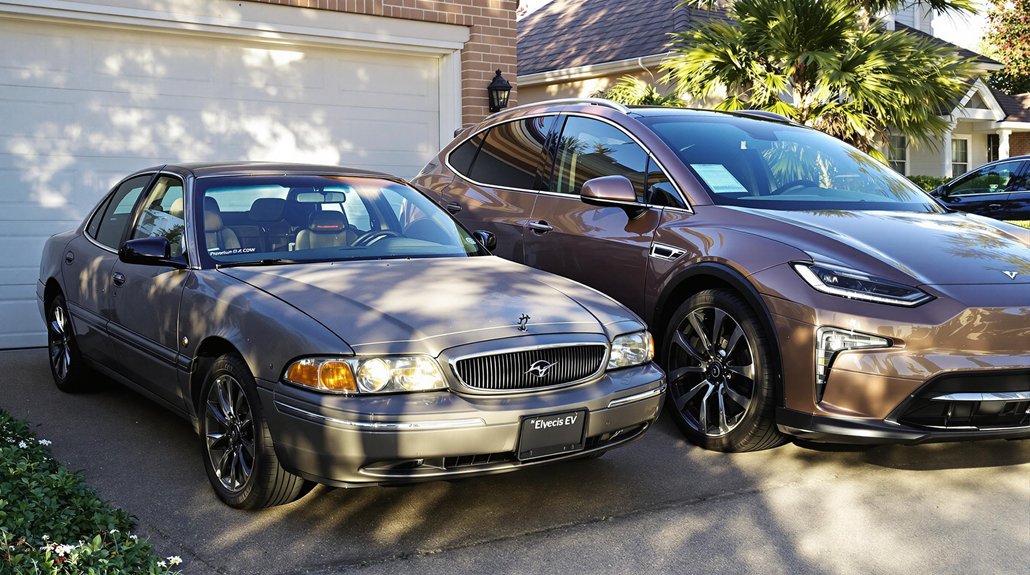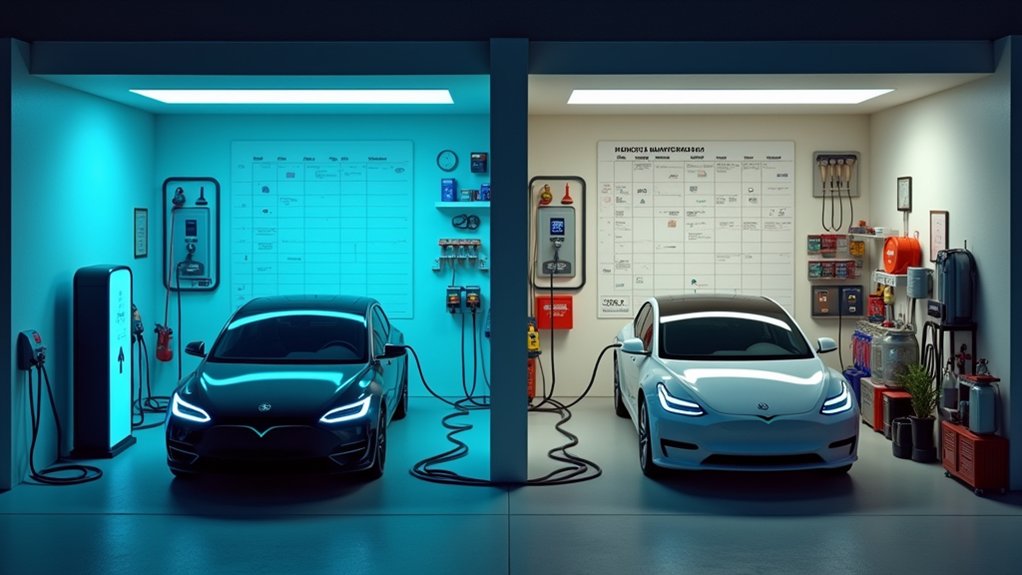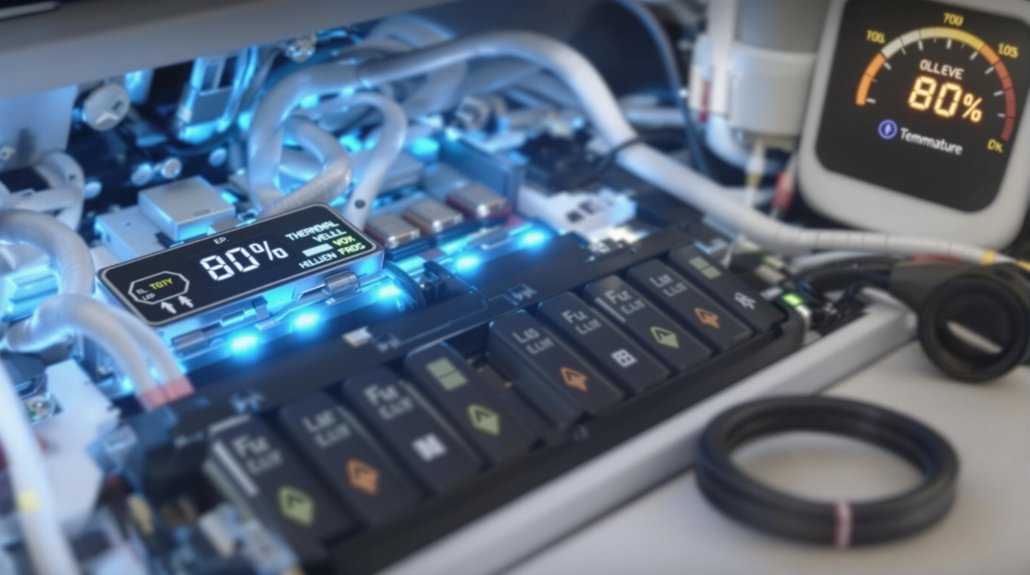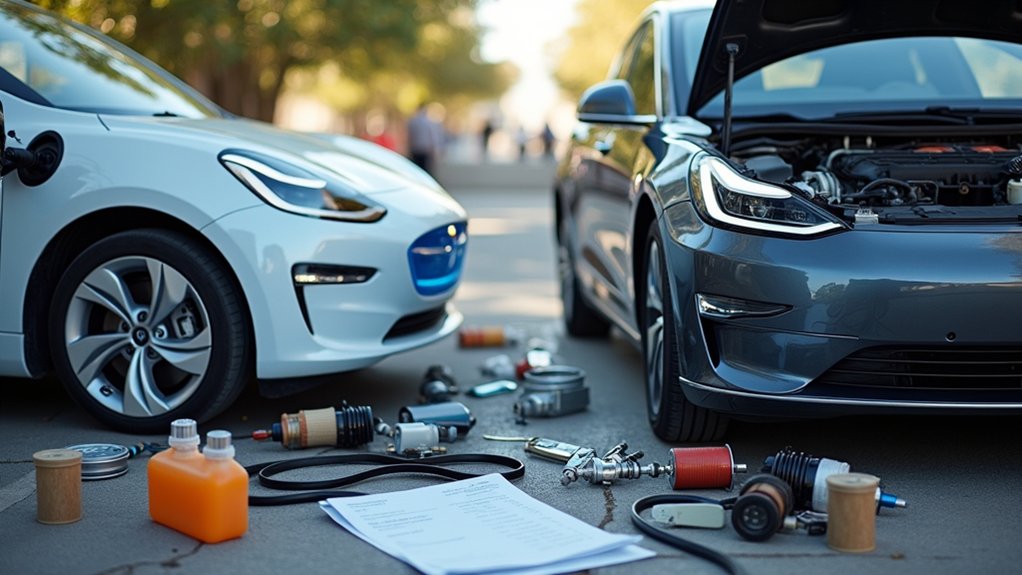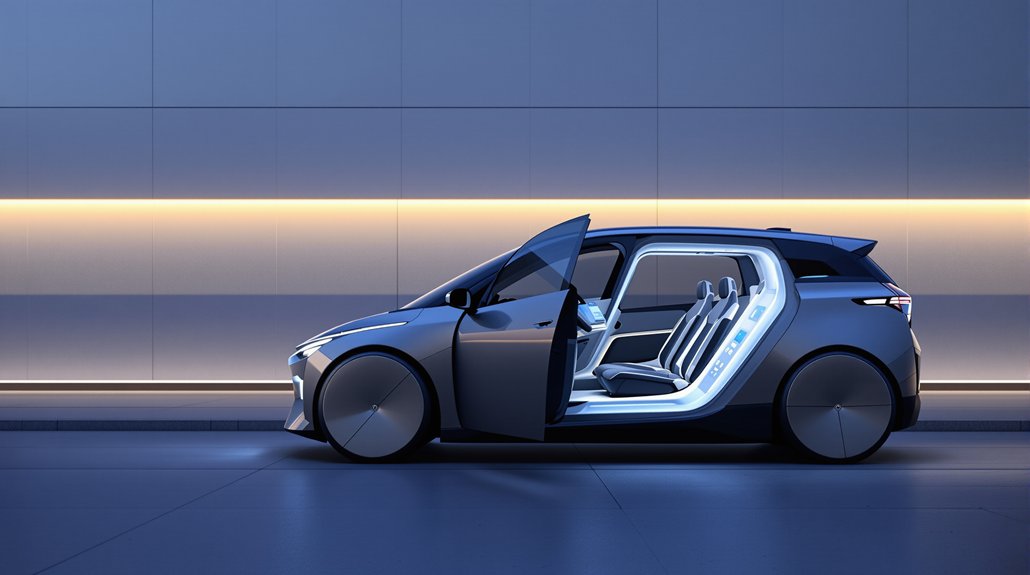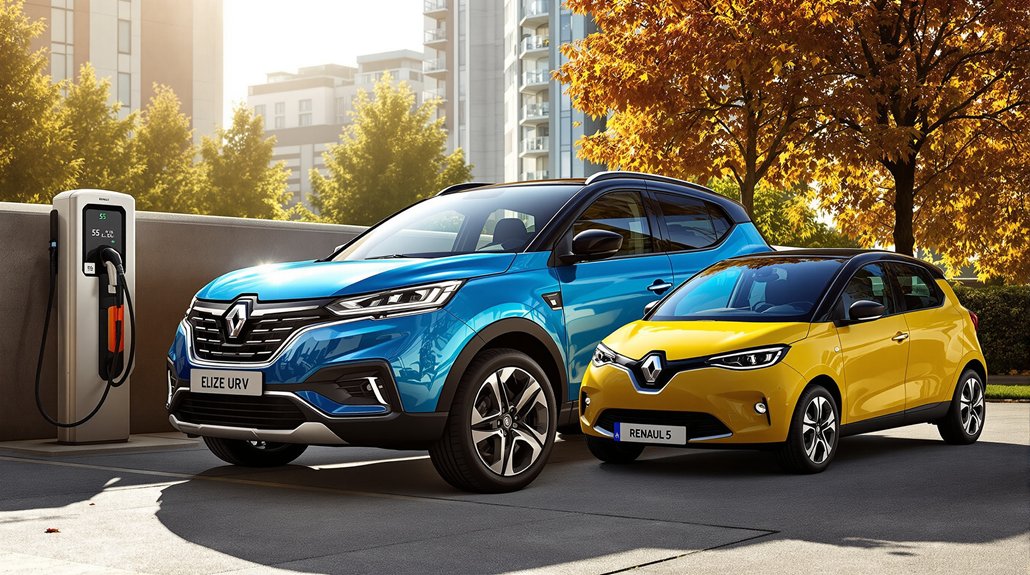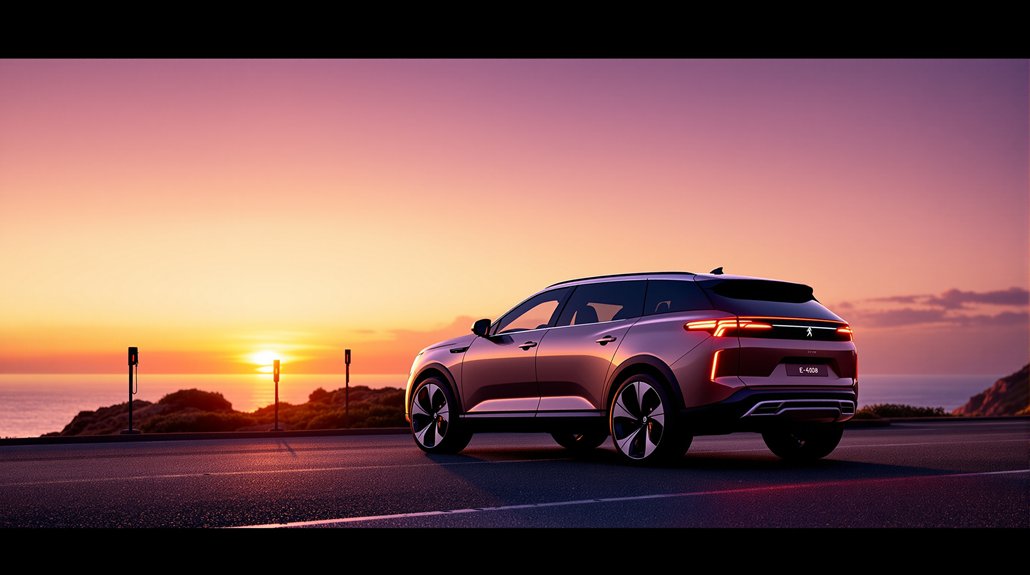While automakers continue to roll out sleek, tech-laden vehicles across showroom floors, the alarming reality of new car pricing has transformed the automotive landscape for average Americans. The numbers tell a sobering story: average new car prices have soared to $48,000 in 2025, with actual transaction prices ranging from $48,799 to $50,968. What we’re witnessing is nothing short of a fundamental shift in vehicle affordability.
The once-abundant sub-$20,000 sedan has become an endangered species, with just three models remaining below this threshold: the Mitsubishi Mirage, Nissan Versa, and Mitsubishi Mirage G4. Even entry-level compact sedans now start around $22,000, while luxury SUVs routinely eclipse the $100,000 mark. Manufacturers have clearly pivoted toward high-margin vehicles, leaving budget-conscious buyers with vanishingly few options.
Affordable sedans vanish from showrooms as manufacturers abandon budget buyers for luxury profit margins.
These pricing pressures have direct consequences for the nation’s vehicle fleet. The average vehicle age has surpassed 12 years, a figure that continues to climb as replacement cycles extend. Owners are investing more in maintaining aging vehicles rather than taking on substantial new car payments. This trend represents a rational economic response to an increasingly inaccessible new car market. The shift to electric vehicles has added further complexity, with EV insurance premiums often higher due to specialized repair costs.
Multiple factors drive this pricing surge. Advanced technology integration, enhanced safety systems, and stringent emissions requirements have elevated production costs. Supply chain disruptions persist, affecting component availability and pricing. Additionally, base MSRPs often mislead consumers, as dealer inventory typically features higher trim levels with substantial premiums. The data shows the average new-vehicle MSRP in May was 2.1% higher year over year, continuing this upward trajectory. Among the few affordable options remaining, South Korean brands like Hyundai dominate the lower-priced segment with models starting around $23,000.
The market has responded predictably. Used vehicle demand has intensified, certified pre-owned programs have expanded, and financing terms have stretched to unprecedented lengths. The situation disproportionately impacts lower and middle-income households, effectively pricing many Americans out of the new car market entirely.
The long-term implications are significant. Fleet turnover has slowed, potentially impacting emissions as older vehicles remain in service longer. Without intervention or market correction, the new vehicle affordability crisis threatens to fundamentally alter the automotive ownership landscape for years to come.
